
The symptoms of Ovarian Hyperstimulation Syndrome are mild, and pass within two weeks in the majority of cases. Any woman taking follicle stimulating medications, usually in preparation for a cycle of IVF, can develop OHSS. But there are some risk factors that increase the odds of Ovarian Hyperstimulation Syndrome. Young women undergoing fertility treatments and have many follicles, for instance, have a bigger chance of ending up with this complication. And women who suffer from Polycystic Ovary Syndrome (PCOS) are at particular risk of Ovarian Hyperstimulation Syndrome. Those women with lots of follicles have also been shown to have higher instances of developing Ovarian Hyperstimulation Syndrome, and those who are underweight or have a low Body Mass Index are likewise at a larger risk.
Twin or multiples pregnancies are associated with OHSS, as well as women who already suffered from it before. If that sounds scary, it might help to note that OHSS is mild and has no long-term consequences in the majority of cases. With all those risk factors, still only one or two percent of women undergoing fertility treatments that require ovarian stimulation develop OHSS. Most cases of Ovarian Hyperstimulation Syndrome require no treatment, though they are closely monitored. Symptoms will most likely clear up within a week or two of the first sign of OHSS.
- medlineplus.gov/ency/article/007294.htm
- www.nhs.uk/conditions/ivf/risks/
- Photo courtesy of Mikael Haggstrom by Wikimedia Commons: en.wikipedia.org/wiki/Ovarian_hyperstimulation_syndrome#/media/File:Vaginal_ultrasonography_in_mild_ovarian_hyperstimulation_syndrome_-_sagittal.jpg


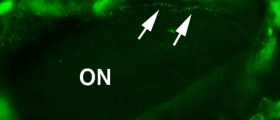

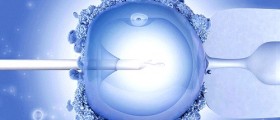
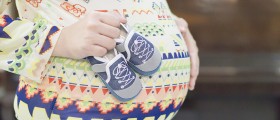
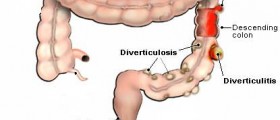








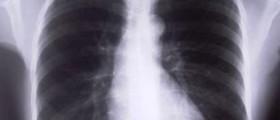

Your thoughts on this
Loading...